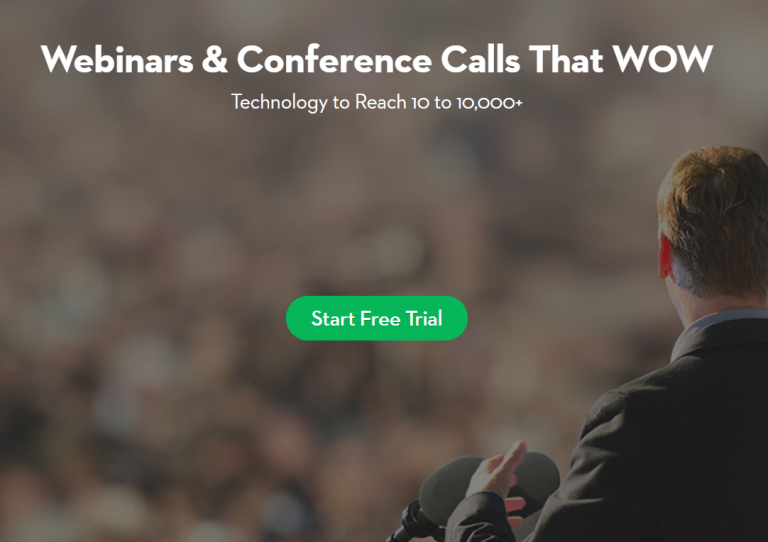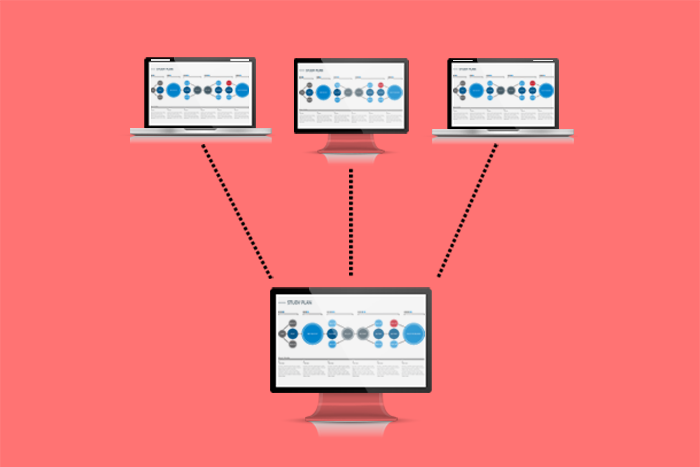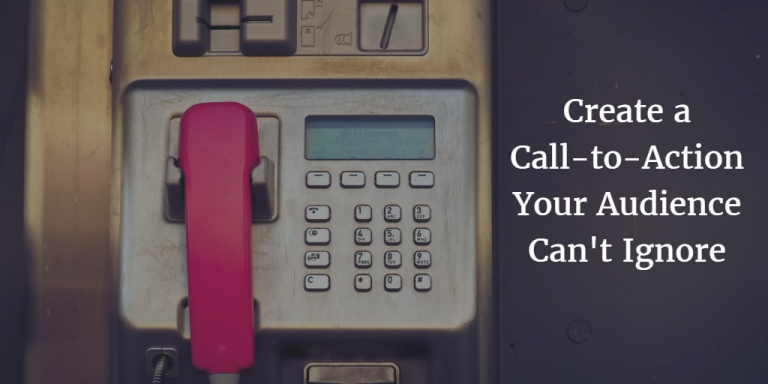9 Tips for Highly Interactive Teleseminars and Webinars
Eight or nine years ago, I gave up teaching teleseminars. People talking over each other, me as a talking head. Yuck.
In 2012 I won the Silver Stevie Award for Best New Product or Service – Media for my teleseminar-based Bring Your Book to Life® Program.
You may ask, what changed? Why did I return to teaching teleseminars and how did I go from yucky to lucky? The answer may not be surprising—MaestroConference.
When I attended my first MaestroConference seminar with Morgana Rae, I was hooked. Not only did the interactivity convince me to sign up as a client with Morgana, it had me completely rethink teleseminars—and re-invite them into my business in a big way.
Who knew teleseminars could be so engaging, valuable for participants, community-building and fun to teach?! I hadn’t, until Maestro.
Here are 9-Tips to Make Your Webinars and Teleseminars Highly Interactive and Valuable for Participants.
- Take a Pulse: I love to start with a poll within the first few minutes of a call to get a sense of where everyone is at with the material. If my participants have had no problem with making time to work on their book writing, why would I spend an hour on time management. I can skip much of the prepared material and find out the biggest challenges they are dealing with right now, instead.
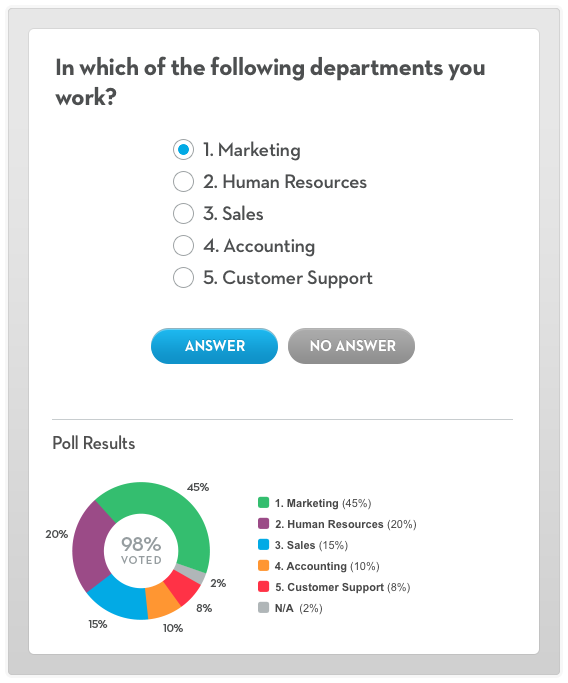
- Go Slowly: I still do it occasionally—rush through a program to make sure I deliver everything on my list. I consistently get better feedback when I take it slowly, give people time to respond and interact. It’s okay to cover less ground but make the learning experience rich.
- Ask Questions, Then Shut Up: Okay, not entirely. Your participants want to hear your voice and wisdom. Still, if you’re tempted to download everything you know about a subject, pause and first ask what your participants for their insights, tips and ideas. Then you can fill in with what they have left out. Not only will this get people more engaged but you’ll discover new, creative solutions that weren’t included in your script!

- Pause: Joshua Home Edwards continues to coach me on this and remind me that when we ask for people to “Press 1 to share an insight or question” they may not respond immediately. Pause. Be okay with some silence on the line. Give people time to think of their questions and ideas before moving on to the next thing. When I do pause, that’s often when the most insightful comments come up.
- Pair People Up with an Exercise: It’s one thing to hear you teach a way to do something but much more powerful for your participants is to immediately apply it to their lives and businesses. One of my favorite classes in my Bring Your Book to Life® Program and in Fast Track Your Book Proposal is when I teach about working media hooks into your book. I have participants then pick one of the tools I taught and apply it to their book, with a partner in a private breakout “room,” then switch to the other partner. After that, we return to the larger group and share ideas, insights and challenges. This ensures that everyone participates on a call and also helps people make personal connection to form a deeper sense of community to support their book writing and publishing journey. It also provides for deeper discussion and sharing when we return to the larger group.
- Open to Questions: When you invite questions, you get to find out more about what your participants need: where are they confused? What’s working for them and what’s not? What are their most pressing concerns. This can help you make a better teleseminar or class experience and it can also help you in creating new programs or products, writing a book, blogging and other ways you serve your community and grow your business.
- Consider Laser Coaching: Sometimes it feels risky to invite an open ended activity—”What if I can’t help the person who volunteers?” However, I’ve learned that some of the most rich learning comes from taking the leap and being spontaneous. Often, many people on the call are also struggling with a similar challenge and working with this brave volunteer will help many participants. You may come up with new ideas for teaching the material as well. Try it!
- Hire a conductor: One of the best things I ever did for my teleseminars was to hire a MaestroConference conductor early on to manage all the logistics of the event- placing people in private breakout sessions, handling technical issues that come up, and more. Here are some of the ways my conductors have made a huge difference in my life:
- A) I’m fully present because I don’t have to worry about the technical part (even though it’s relatively easy to learn and conduct, it does take some of your focus).
- B) I’ve been able to have someone cover and engage my participants when my internet went out.
- C) I’m embarrassed to admit this but I once forgot I was teaching—my conductor saved the day by calling me.
- D) I’ve been able to take a bathroom break when desperate and it was seamless on the other end.
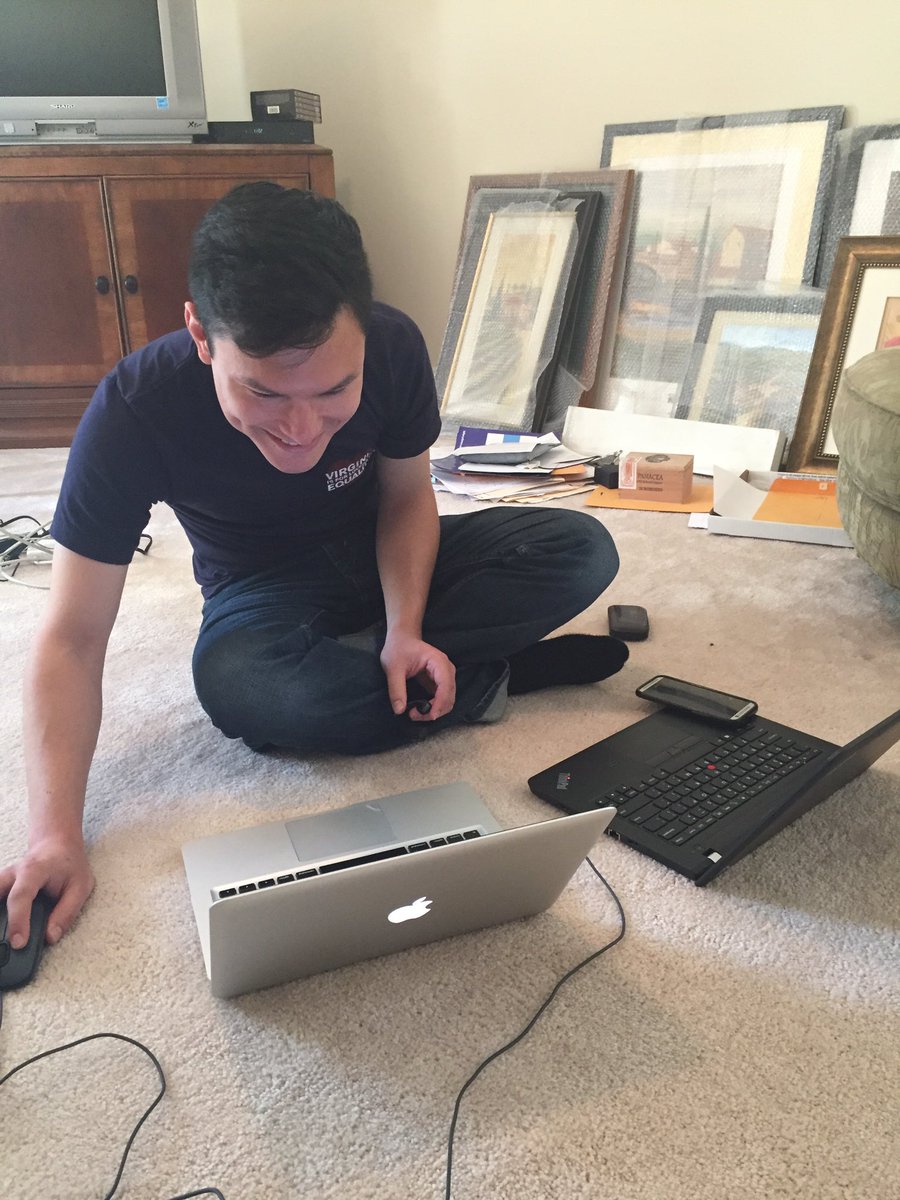
- Ask Your Conductor for Feedback Before and After the Call: In the beginning I didn’t know how to plan my calls time-wise. My conductors helped me do that and also offered great suggestions. After all, they’ve listened to dozens or hundreds of teleseminars and know what works and doesn’t. They’ve offered be brilliant advice over the years. After the call, my Maestro conductors have also offered feedback, making me a better teacher and facilitator. I’ve learned to trust the group process and let go of my preconceived plans more easily—providing flexibility that makes for a top-notch learning experience.

Photo by rawpixel.com on Unsplash
Can you tell how much I love MaestroConference? It truly has transformed my business. I will add, though, that you need to take advantage of the features of Maestroconference to fully utilize its power. Don’t be afraid to experiment. Have fun. And feel free to reach out to me and the staff at Maestro if you have questions.




